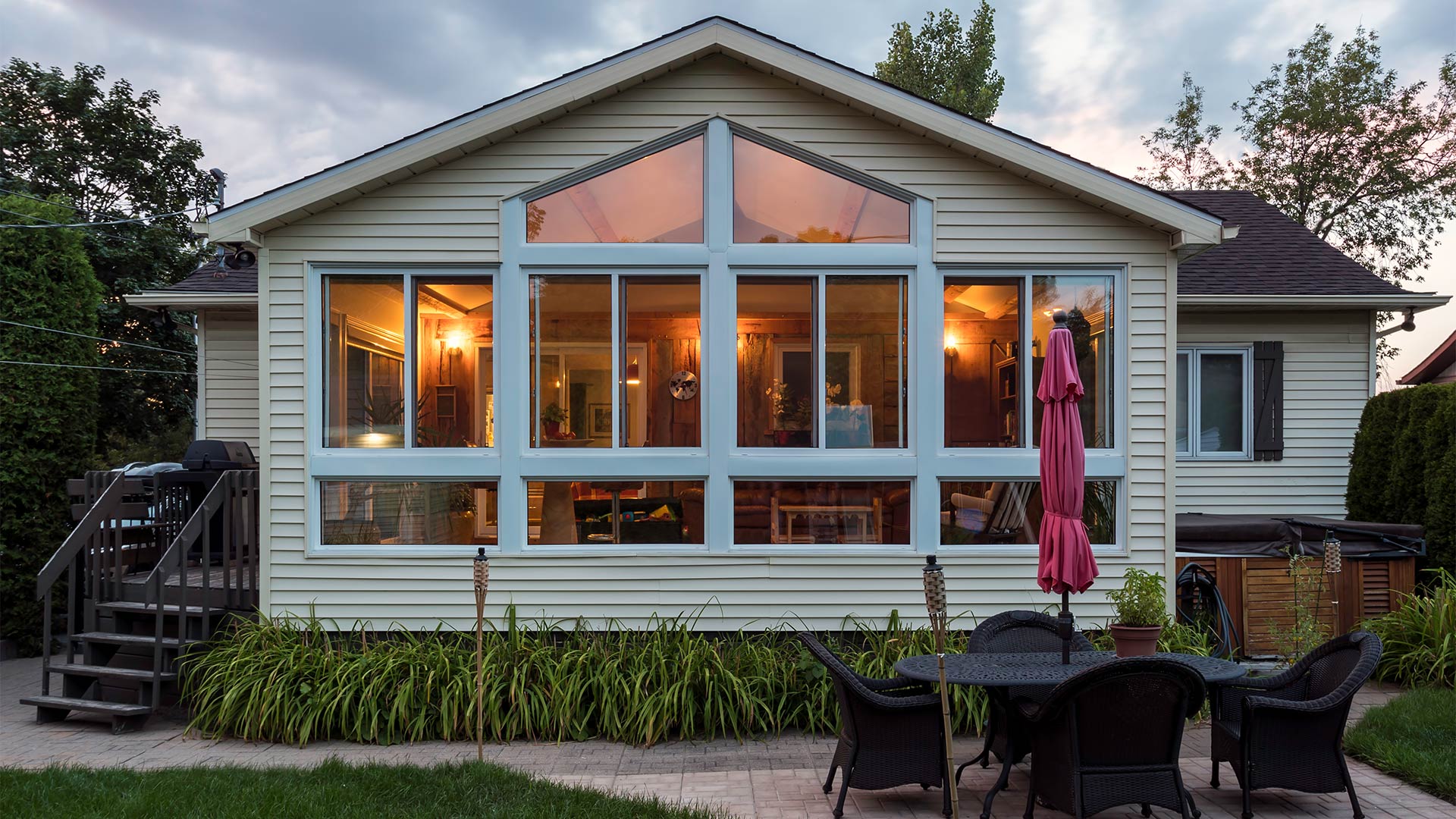Table Of Content
- Current Mortgage Rates in Canada
- Using Mortgage Loan Insurance for Downpayments Under 20%
- Strategies for Saving for a Downpayment
- Today’s Best Mortgage Rates
- What If You Don’t Have Enough Money for a Down Payment on a Home?
- Rocket Mortgage
- First-Time Home Buyer Guide: Strategies to Get You That First Property

In today’s housing market, saving up for a 20% down payment can be challenging. Considering that the average home price according to the Canadian Real Estate Association (CREA) was a whopping $685,809, as of February 2024, a 20% down payment would come out to $137,162. This is particularly difficult for young adults, low-income workers and potential homebuyers with significant debt or bad credit. Just remember that it’s possible to put less money down when buying a house.
Current Mortgage Rates in Canada
One of the initial costs of buying a house is a down payment, which is a percentage of the home’s purchase price. Your down payment requirement will depend on factors like the type of mortgage, your credit score, debt-to-income ratio (DTI) and other personal factors. A down payment on a house is the initial cash payment the buyer makes during a real estate transaction.
Using Mortgage Loan Insurance for Downpayments Under 20%

Young home buyers (age 24-32) tended to put down less than 10%, while elderly home buyers (age 77-97) generally put down more than 25%. Many lenders require you to make a down payment to have an immediate financial stake in your home. An FHA loan is just one example of a loan option that has a low down payment requirement.
Strategies for Saving for a Downpayment
When purchasing a home, after a down payment is paid by a home-buyer, any remaining balance will be amortized as a mortgage loan that must be fulfilled by the buyer. In other words, the purchase price of a house should equal the total amount of the mortgage loan and the down payment. Often, a down payment for a home is expressed as a percentage of the purchase price. As an example, for a $250,000 home, a down payment of 3.5% is $8,750, while 20% is $50,000.
Let’s say you want to put at least 3% down and the median home in your area costs $300,000. And, from the buyer’s perspective, the less risk there is in the loan, the more likely the buyer is to get a good interest rate and other favorable terms. Richie Helali, mortgage sales leader at HomeLight, says down payments are in the conversation daily when he is talking to prospective borrowers. Though there are a number of advantages to a 20% down payment, it sometimes makes sense to make a smaller down payment.
Today’s Best Mortgage Rates
Conversely, some of the priciest markets see declining down payment amounts as the crunch in home affordability continues. The first is called an earnest money deposit and is paid after the seller accepts your offer—this signals your intent to follow through with the purchase. You’ll pay the second installment along with other closing costs on your closing day.
What If You Don’t Have Enough Money for a Down Payment on a Home?
Gifted Funds – This downpayment source can only come from an immediate family member and is limited to parents, grandparents and siblings. Additionally, the funds must be a gift without the expectation of being repaid. The bigger the down payment, the smaller the mortgage, which may save you thousands of dollars in interest charges. Here are six advantages of making a house down payment of 20 percent or more.
Deciding on Your Home Down Payment: a Comprehensive Guide - Business Insider
Deciding on Your Home Down Payment: a Comprehensive Guide.
Posted: Thu, 14 Mar 2024 07:00:00 GMT [source]
Rocket Mortgage
With the median home price in 2023 at over $425,000, the average homebuyer would need $85,000 just for the down payment. In addition to the down payment, you must prepare to cover your closing costs and moving expenses. Factor in the opportunity cost when considering putting down more money upfront. Though a larger down payment may earn you a lower interest rate and monthly mortgage payment, it may make more sense to use the money for college tuition, investments or retirement. Now, let’s say you put down 20% on the $300,000 home, which is $60,000.
The federal banking regulator in Canada took action to avoid a housing market crash similar to what occurred in the U.S. This included mortgage-specific policies like downpayment requirements to purchase a home and obtain a mortgage. Mortgage default insurance, also commonly referred to as CMHC insurance, is mandatory coverage that is taken out by high-ratio mortgage holders, who make less than a 20% down payment on their home purchase.
With a $400,000 mortgage, for example, mortgage insurance coverage could end up costing you up to $16,000—up to 4% of the loan. Canadas has specific rules around minimum down payments that have been in place since 2008. You’ll have to put at least 5% down to get a mortgage for a home priced less than $500,000. You want to ensure you’re financially comfortable with the amount you’re putting down and have enough set aside to cover other costs of homeownership, like closing costs. If your downpayment is ready and you’re looking to purchase, contact nesto’s mortgage experts today. For example, a $500,000 purchase price with a minimum 5% downpayment ($25,000) requires mortgage default insurance of $19,000.
Once the deal is finalized, this third party distributes the funds to the seller, who ultimately receives the down payment. A higher down payment helps reduce your monthly mortgage payments, which can keep your DTI at a reasonable level. In most cases, you can ask your lender to cancel PMI as soon as you have paid down the balance to below 80% of the home’s value—or if the home rises in value, though a new appraisal may be needed. Note that mortgage insurance on FHA loans is applied differently and can be more difficult to get rid of without refinancing. Mortgage payments are amortized, which means the size of the payment (on a fixed interest-rate loan) stays the same throughout the repayment period.
If you take out an FHA loan, you’ll have to make a down payment that meets the guidelines set by the Federal Housing Administration (FHA). According to NAR, approximately 7% of buyers received gift funds for home purchases in 2022. Buyers ages 24 to 32 make up 19% of those that are most likely to use a mortgage gift for purchase, and 12% are ages 33 to 42. Family members, such as a parent, sibling or in-laws, can contribute financial gifts to cover all or part of the down payment.
In fact, many people do put down less than 20% when buying a home. The median down payment for all US homebuyers in 2023 was 14% of the purchase price, according to The National Association of Realtors. The average down payment varies a great deal depending on the age of the buyer, as well. The less you borrow, the smaller your monthly mortgage payments will be, leaving extra funds to budget for repairs and other monthly expenses. You’ll need to put 20% down to avoid paying private mortgage insurance (PMI) on a conventional mortgage loan. PMI is insurance that protects a lender if a borrower defaults on their home loan.
Putting down at least 20% of a home’s price, according to real estate professionals and financial advisors, is the sensible choice for today’s homebuyers. It tells the seller that your offer is serious, and that you have the finances to afford the home. A down payment reduces the amount of money a lender needs to provide, and must be in the buyer’s possession before a mortgage can be finalized.

No comments:
Post a Comment